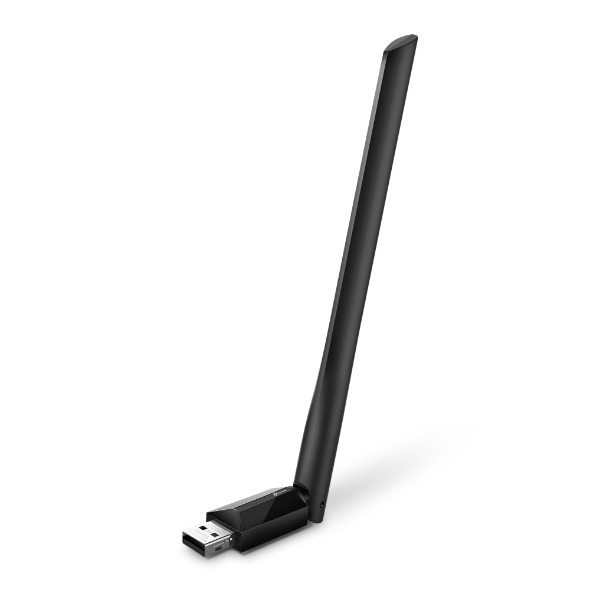🔧 Master Setup#
This guide will walk through the steps to install Ubuntu Desktop 22.04 LTS, ROS2 Humble, and all dependencies on a desktop computer. This computer system is utilized in the United States Air Force Academy’s Electrical and Computer Engineering department in an embedded network with the ground robot, a TurtleBot3 Burger. The master system is used to utilize ROS GUI tools and create secure connections with the TurtleBot3.
This guide is adapted from the TurtleBot3 e-Manual.
Hardware#
For our application, we are using Intel NUC Kits but these instructions will work on any AMD64 architecture.
Software#
Ubuntu 22.04#
For the desktop machine you will first need to download Ubuntu Desktop 22.04 LTS.
Once downloaded, follow the instructions to create a bootable Ubuntu USB stick within Ubuntu. The guide provides links to create USB sticks from Windows and macOS as well.
Once the bootable USB stick is created, follow the guide to Install Ubuntu desktop selecting a useful computer name such as master0. The NUC requires you to press and hold F10 on startup to boot from a USB stick.
Update Alternatives#
Python3 is installed in Ubuntu 22.04 by default. Some ROS packages utilize the python command instead of python3 so we need to create a new executable, /usr/bin/python that will call Python3 (basically use the command python to call Python3):
sudo update-alternatives --install /usr/bin/python python /usr/bin/python3 10
After running this command, /usr/bin/python will point to /usr/bin/python3 with a priority of 10, allowing us to set and manage different versions of Python easily.
ROS2 Humble#
At this point, the Ubuntu environment is setup. Now we will setup the ROS 2 requirements for the master. All of these instructions are adapted from the ROS 2 Documentation: Humble. ROS 2 Humble is the latest version of ROS 2 that supports Ubuntu 22.04 LTS (Jammy Jellyfish).
Installation#
Follow the official ROS2 documentation to install the ROS2 Humble.
For most Linux users, Debian package installation method is strongly recommended.
Install
ros-humble-desktop.
Install colcon:
sudo apt install python3-colcon-common-extensions
Install ROS dependencies for building packages:
sudo apt install -y ros-humble-gazebo-*
sudo apt install -y ros-humble-cartographer ros-humble-cartographer-ros
sudo apt install -y ros-humble-tf-transformations
sudo apt install -y ros-humble-usb-cam ros-humble-image-proc
sudo apt install -y ros-humble-v4l2-camera
sudo apt install -y ros-humble-camera-calibration
sudo apt install -y ros-humble-apriltag ros-humble-apriltag-ros libapriltag-dev
sudo apt install -y python3-pip
sudo apt install -y obs-studio qtwayland5
sudo apt install -y tree
sudo apt install ros-humble-cv-bridge
Install TurtleBot3 packages
source ~/.bashrc
sudo apt install ros-humble-dynamixel-sdk
sudo apt install ros-humble-turtlebot3-msgs
sudo apt install ros-humble-turtlebot3
Create a ROS workspace:
mkdir -p ~/master_ws/src
cd ~/master_ws/
TurtleBot3 Simulation Package#
cd ~/master_ws/src/
git clone -b humble https://github.com/ROBOTIS-GIT/turtlebot3_simulations.git
cd ~/master_ws && colcon build --symlink-install
ROS Environment#
Setup ROS environment variables and setup scripts within the ~/.bashrc file. Open the ~/.bashrc file with your favorite command line editor and add the following to the bottom:
source /opt/ros/humble/setup.bash
source ~/master_ws/install/setup.bash
source /usr/share/gazebo/setup.sh
source /usr/share/colcon_cd/function/colcon_cd.sh
export ROS_DOMAIN_ID=0 # For master0 and robot0
export _colcon_cd_root=/opt/ros/humble/
export TURTLEBOT3_MODEL=burger
export LDS_MODEL=LDS-01 # replace with LDS-02 if using new LIDAR
source /usr/share/colcon_argcomplete/hook/colcon-argcomplete.bash
Any time you make changes to your ~/.bashrc file you must source it:
source ~/.bashrc
TP-Link AC600 Archer T2U Plus Driver#

Ensure the wireless dual-band USB adapter is plugged in.
$ lsusb Bus 005 Device 002: ID 2357:0120 TP-Link 802.11ac WLAN Adapter
Install the driver with this commands:
$ sudo apt install git dkms $ git clone https://github.com/aircrack-ng/rtl8812au.git $ cd rtl8812au $ sudo make dkms_install
If you don’t hace permission try to execute:
$ chmod 777 rtl8812au
PIP#
ROS2 USB-CAM Package
For all users:
sudo pip install "pydantic<2" # pip3 install pydantic
sudo pip install dlib
sudo pip install imutils
sudo pip install pupil-apriltags
For each user:
sudo adduser $USER video
Then, reboot the system.
```{note}
The `dlib` package will take quite a while to install.
